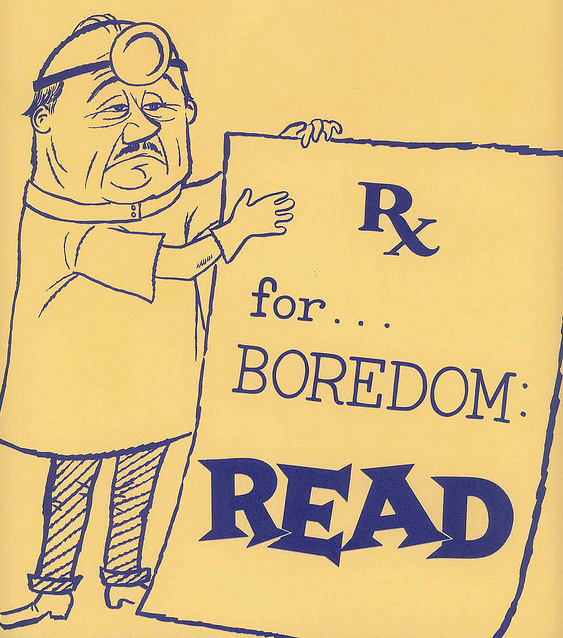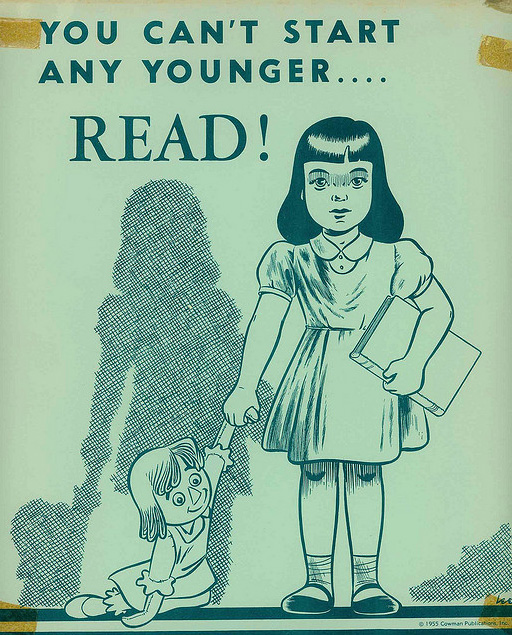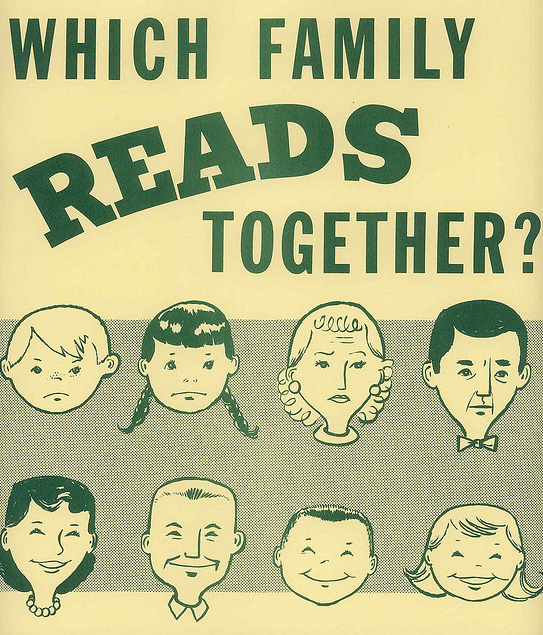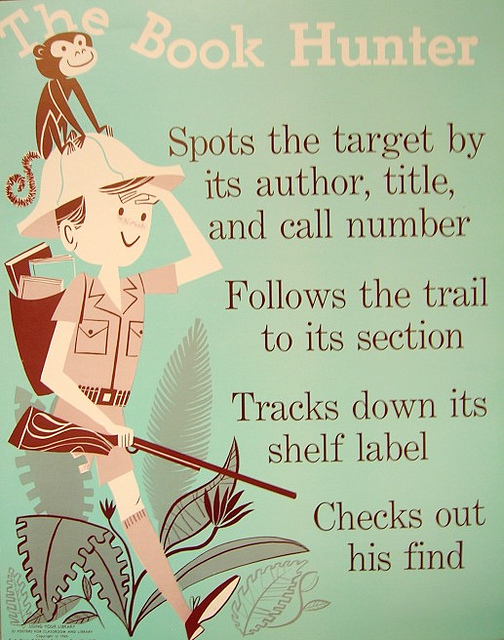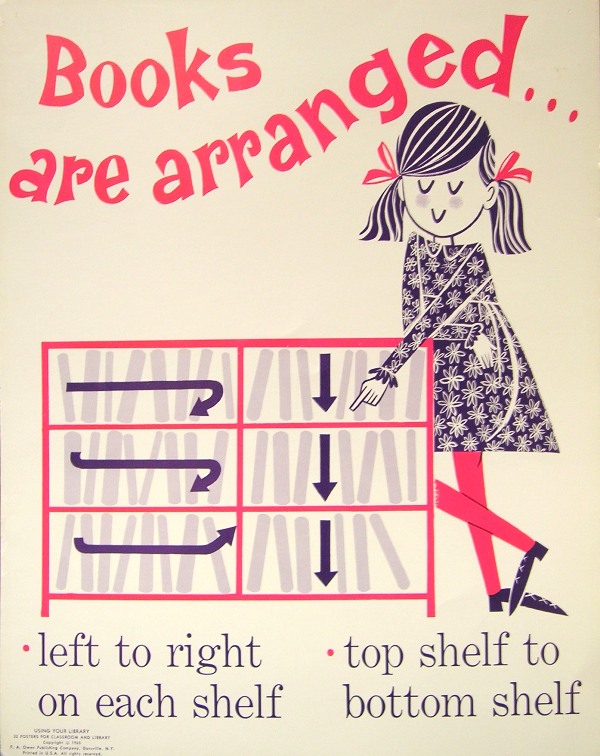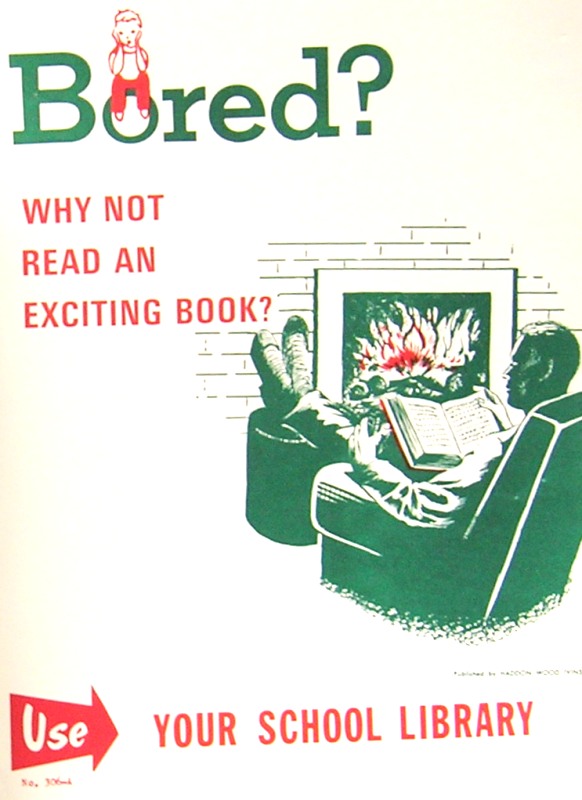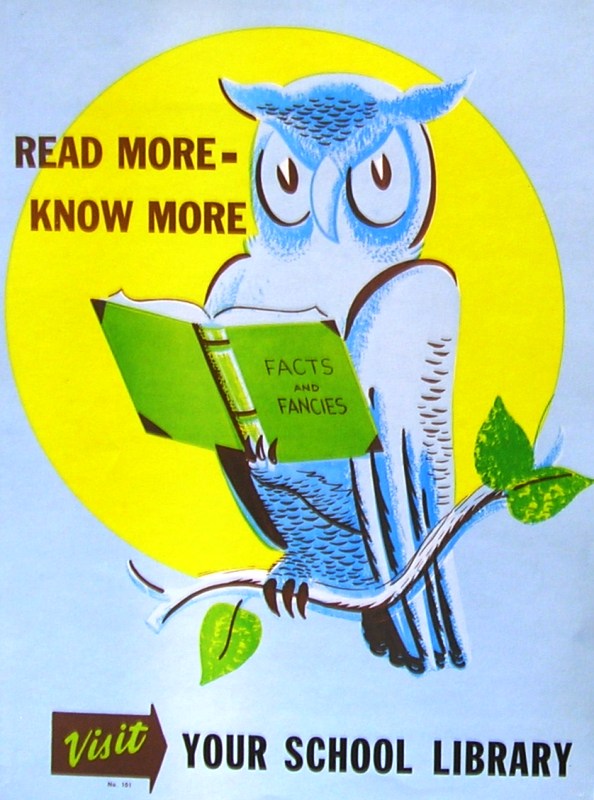A new study in animals shows that chronic stress during pregnancy prevents brain benefits of motherhood, a finding that researchers suggest could increase understanding of
postpartum depression.
Rat mothers showed an increase in brain cell connections in regions associated with learning, memory and mood.
In contrast, the brains of mother rats that were stressed twice a day throughout pregnancy did not show this increase.
The researchers were specifically interested in
dendritic spines – hair-like growths on brain cells that are used to exchange information with other neurons.
Previous animal studies conducted by lead author
Benedetta Leuner of Ohio State University showed that an increase of dendritic spines in new mothers’ brains was associated with improved cognitive function on a task that requires behavioral flexibility – in essence, enabling more effective multitasking.
The dendritic spines increased by about 20 percent in these brain regions in new mothers, according to her findings.
The stress in this new study negated those brain benefits of motherhood, causing the stressed rats’ brains to match brain characteristics of animals that had no reproductive or maternal experience.
The stressed rats also had less physical interaction with their babies than did unstressed rats, a behaviour observed in human mothers who experience postpartum depression.
“Animal mothers in our research that are unstressed show an increase in the number of connections between neurons. Stressed mothers don’t,” said
Leuner, assistant professor of psychology and neuroscience at Ohio State.
“We think that makes the stressed mothers more vulnerable. They don’t have the capacity for brain plasticity that the unstressed mothers do, and somehow that’s contributing to their susceptibility to depression.”
Previous research has suggested that there are a number of risk factors for postpartum depression, including hormone fluctuations, prior history of mental illness and environmental factors such as smoking or low socioeconomic status.
One of the strongest predictors, however, is chronic stress during pregnancy, so Leuner sought to create an animal model that could help explain brain changes linked to postpartum depression.
“It’s devastating not only for the mother, because it affects her well-being, but previous research also has shown that children of depressed mothers have impaired cognitive and social development, may have impaired physical development, and are more likely as adults to have depression or anxiety,” she said.
“A better understanding of postpartum depression is important to help the mother but also to prevent some of the damaging effects that this disorder can have on the child.”
The researchers exposed pregnant rats to stress twice a day by limiting their mobility on some days and on other days placing them in water. For three weeks after the rats gave birth, Leuner and colleagues monitored the rats.
The animals showed classic signs of the effects of stress, including lower than normal weight gain and enlarged adrenal glands, a sign of high stress-hormone production. The mothers stressed during pregnancy also gave birth to smaller pups.
“And they were not very good mothers,” Leuner said. After separation from pups for 30 minutes, unstressed mothers would gather up their babies, put them in the nest and nurse them. Stressed mother rats left the pups scattered around, wandered around the cage and fed the babies less frequently.
The stressed mother rats also exhibited more floating than unstressed rats in a water test; animals that float rather than swim are showing depressive-like symptoms.
“These findings in rats mimic some of the symptoms that are seen in women with postpartum depression,” Leuner said.
An examination of the animals’ brains showed that the rats exposed to chronic stress did not grow the additional dendritic spines in the hippocampus and prefrontal cortex that the unstressed mother rats did.
The stressed rats’ brains more closely resembled the brains of control rats that had never been mothers.
“We don’t yet know what the exact trigger is for the increase in spines in motherhood, but we know that the increase goes away with stress,” Leuner said.
She is continuing the work by investigating whether the beneficial effects of motherhood on cognitive functions are also blocked in mothers who are exposed to pregnancy stress as well as whether hormonal factors play a role.





